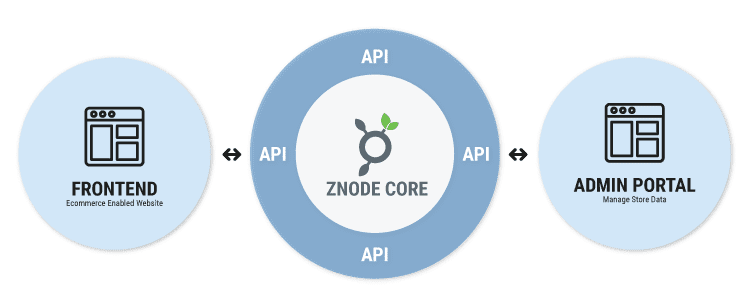three considerations when measuring headless commerce tco
As the headless commerce trend continues to grow, more companies are considering headless as an option. Total cost of ownership (TCO) is always a hot topic in any platform decision. The following are three considerations when measuring TCO with (or without) headless commerce.
The End of Upgrades
A primary driver of cost with traditional, monolithic ecommerce platforms are upgrades. In order to receive new functionality or remain compliant with support, companies must upgrade. Some platforms have easier upgrade paths than others; however upgrades tend to be expensive, stressful, and cause business disruption.
The shorter the release cycle and support cycle, the more expensive the platform. It is not uncommon for a company to implement a platform, a process that can take up to a year or more, only to find out that support for the current version will end within twelve months or new functionality has been released and an upgrade is necessary. This puts the company into a second phase of near re-implementation with another six-figure budget in the coming fiscal year and more business disruption.
Replicate this very real scenario over 10 years, and it is easy to add another seven figures to TCO numbers just to keep the platform current. If heavy customization is needed, that additional seven-figure number will continue to grow.

Headless ecommerce platforms are version-less and allow for regular functional updates instead of expensive upgrades. The application layer, or front-end and back-end (admin), are simply calling APIs. Thus the core software can receive updates without significant impact to the application layer as the API layer separates the two. Likewise, the front-end application layer and back-end (admin) application layer can also be customized without significant implication.
Headless commerce offers greater ongoing functionality with a significant reduction in TCO over time.
Customer Experience
One of the great benefits of headless commerce is the ability to create any experience, or put any “head” on the platform. This is often also noted as a detractor because custom user-interfaces can make the investment in headless commerce higher for initial implementation than traditional platforms. However, this varies by platform.
Platforms like Znode offer starter themes and templates for manufacturers, distributors, and retailers. These are offered through software development kits (SDKs) and assist in reducing cost and increasing speed to market. The themes and templates are still segregated and call the API layer of Znode’s headless engine.
Companies often refresh ecommerce site experiences every four to five years. Headless platforms offer a more affordable way of continuous improvement and better customer experience at a lower cost over time. The initial cost is largely subject to scope and which headless platform is selected.
Future Proof
The change in buying behavior and the rate of innovation is not slowing. Amazon has changed how consumers and businesses shop and buy, consolidation is occurring in wholesale distribution, and manufacturers are seeking ways to connect with their end customers. One thing is clear, companies that invest in digital transformation are leading and growing.
Headless commerce allows for more agile business practices in a time of constant change. Speed-to-market and flexibility must be considered in TCO equations. The opportunity cost of not being able to pivot, and test new forms of commerce in order to meet changing customer expectations, have real implications.



